The following pages describe new approaches to analyzing and presenting resource data to support better informed and more transparent decision making by park managers; first-hand observations of environmental and climate change across widely separated parts of Alaska. They invite our readers to consider the effects of environmental changes, readers to consider the effects of environmental changes, both recent and future.
-
Article 1: Knowledge, Understanding, and Information Overload
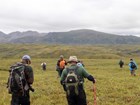
An introduction to Volume 14, Issue 1 of Alaska Park Science Read more
-
Article 2: A Formalized Approach to Making Effective Natural Resource Management Decisions for Alaska National Parks

Formalized decision processes are improving park management decision making. Read more
-
Denali National Park & Preserve
Article 3: CRASH! The Alaskan Bush Hits Climate Change... or Does it?

In a personal reflection from over fifty years of living in Bush Alaska, the Collins sisters catalog weather extremes, drying lakes, scanty snowfall, and more. Along the way, they try to reason out if these changes are from natural fluctuations or man-made global changes. Read more
-
Article 4: Differential Effects of Coastal Erosion on Colonial-Nesting Sea Birds on the St. Matthew Islands, Alaska
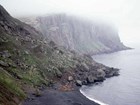
The St. Matthew Islands, which include St. Matthew, Hall, and Pinnacle islands and are a part of the Alaska Maritime National Wildlife Refuge, are the most remote lands in the entire 50 states. They support perhaps a million or more colonial-nesting and ground-nesting bird species, largely in eroded areas along the coast where predators, like foxes, have a difficult time reaching them. Read more
-
Article 5: Red Foxes Replace Arctic Foxes on a Bering Sea Island: Consequences for Nesting Birds
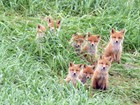
What happens when one predator species replaces another on a remote island group? Studies on the St. Michaels Islands, where red foxes are quickly out-competing artic foxes, may answer this question. These islands are the breeding site for millions of birds, including several endemic species, as well as the endemic and charmingly named singing vole. Read more
-
Article 6: Disciplines and Institutions in Denial: The Case for Interdisciplinary/Interagency Research/Mitigation on Climate Change Impacts

NPS planning initiative in for managing climate change effects in Alaska public lands. Read more
-
Lake Clark National Park & Preserve
Article 7: Charles L. McKay, a Smithsonian Biologist at Nushagak, Alaska, 1881-1883

Charles McKay, the first scientist to live and study in the Bristol Bay region of Alaska, collected a wide array of natural and cultural specimens and artifacts before his untimely death while kayaking across Nushagak Bay. Read more
-
Noatak National Preserve
Article 8: At the Roots of Alaska Science: Practicing Natural History along the Noatak River
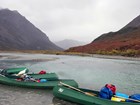
Learning from the land forges a connection with it. The understanding of Alaska’s wild landscape that comes from spending weeks with it develops informed, emotionally engaged citizen-advocates who can speak wisely on behalf of Alaska’s parks and wildernesses. Place-based natural history education can foster abiding connection to, and concern for, the land. Read more
-
Denali National Park & Preserve
Article 9: Understanding Visitors’ Commitment to Grizzly Bear Conservation at Denali
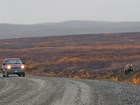
Denali National Park and Preserve, with more than 400,000 visitors annually, has a unique opportunity to proactively link interpretation and park management to on-site grizzly bear conservation. Read more
